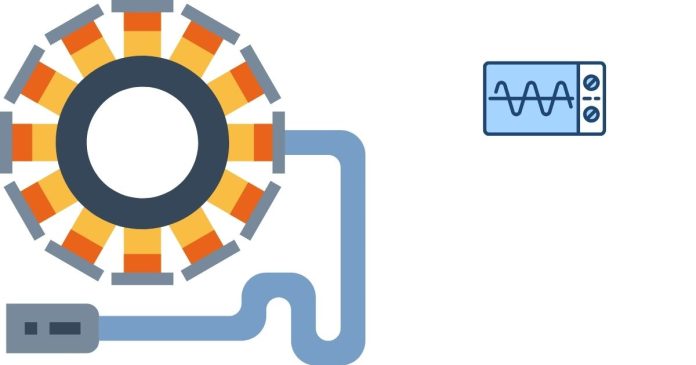The stator is a crucial component in electric motors and generators. Its primary function is to create a magnetic field that interacts with the rotor (the moving part of the motor or generator) to either generate rotational motion (in motors) or induce electrical current (in generators).
Here’s a more detailed breakdown of its purpose:
In an Electric Motor:
- Magnetic Field Creation: The stator contains coils of wire (often copper) through which electrical current passes. This current generates a magnetic field around the stator.
- Interaction with Rotor: The magnetic field from the stator interacts with the rotor, which is placed inside it. The rotor is typically made of conductive material, and as the magnetic field interacts with it, it causes the rotor to spin (due to Lorentz force).
- Conversion of Electrical Energy to Mechanical Energy: In an electric motor, the stator’s role is to convert electrical energy (through the current passing through its coils) into mechanical energy (through the rotation of the rotor).
In a Generator:
- Magnetic Field for Induction: The stator in a generator typically has coils of wire positioned in a fixed configuration, and it is the rotor that moves. As the rotor spins (often driven by an external mechanical force like wind or steam), it moves through the magnetic field generated by the stator.
- Induction of Current: The motion of the rotor within the magnetic field induces an electrical current in the stator’s coils (through electromagnetic induction), which is the primary mechanism of power generation in an electric generator.
- Conversion of Mechanical Energy to Electrical Energy: In a generator, the stator’s role is to convert mechanical energy (from the rotating rotor) into electrical energy (via induced current in the stator’s coils).
Key Points:
- Fixed Part: The stator is usually the stationary part of the machine (whether it’s a motor or generator).
- Electromagnetic Interaction: It works through electromagnetic induction or interaction to either produce mechanical movement or generate electrical current.
In summary, the stator’s purpose is to either produce a magnetic field for the rotor to interact with (in motors) or to generate electrical current through the motion of the rotor (in generators).


